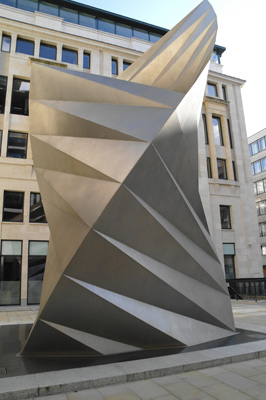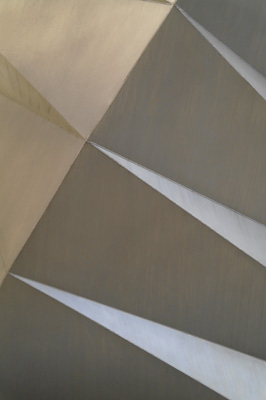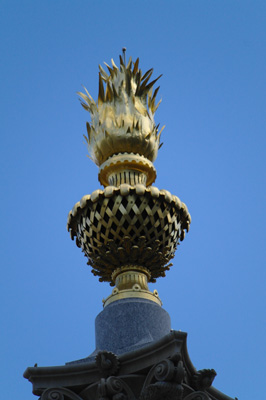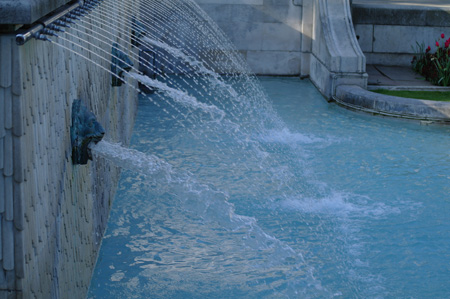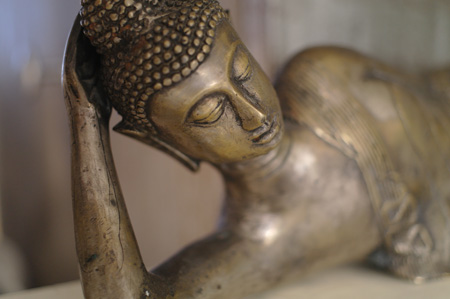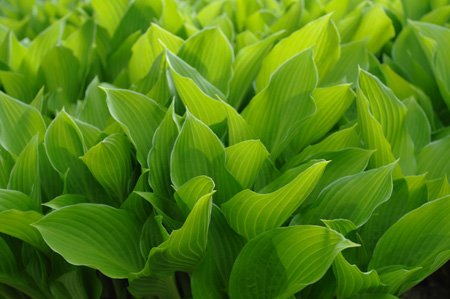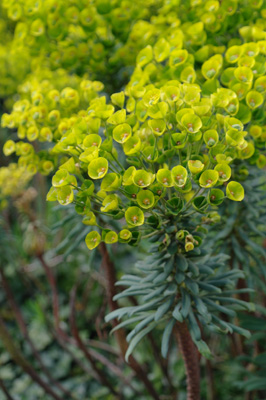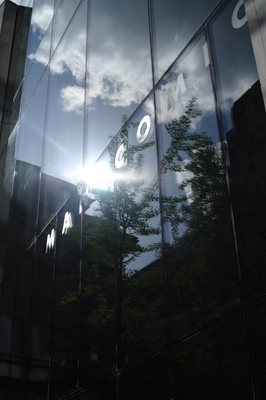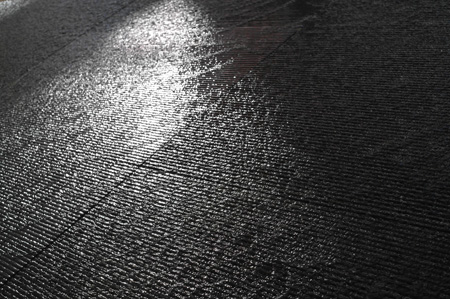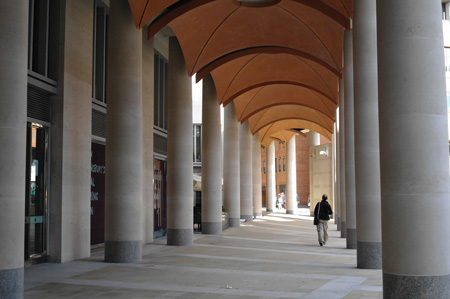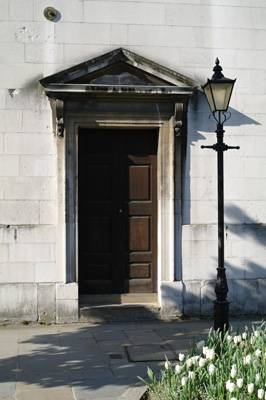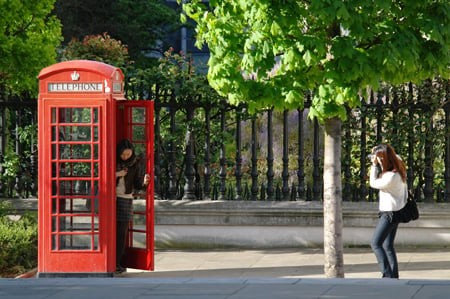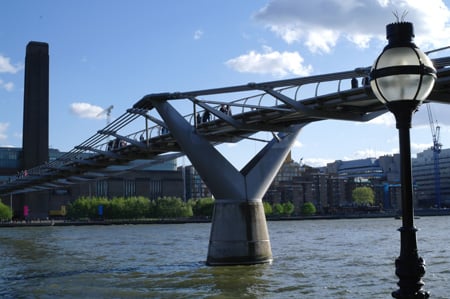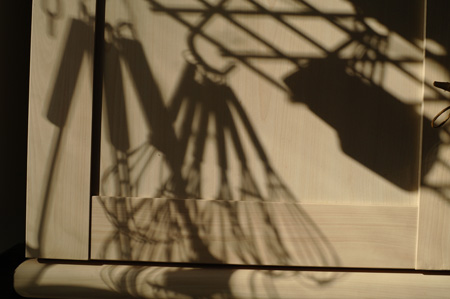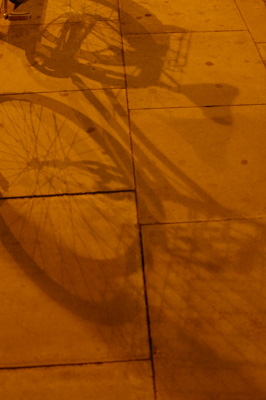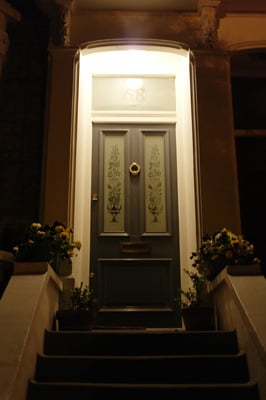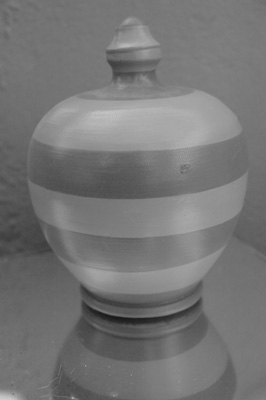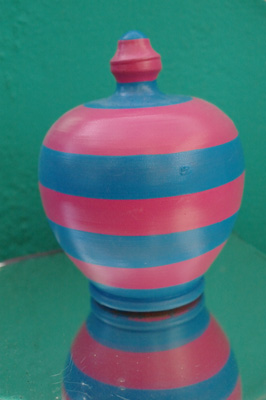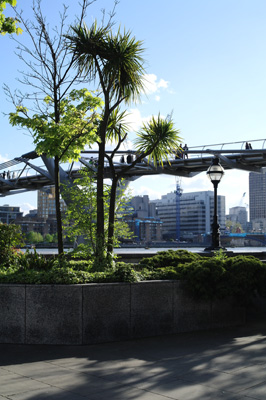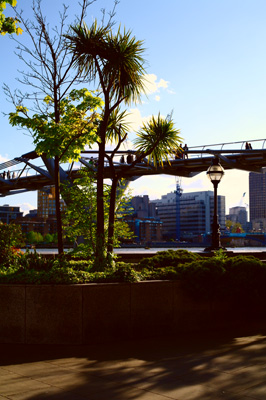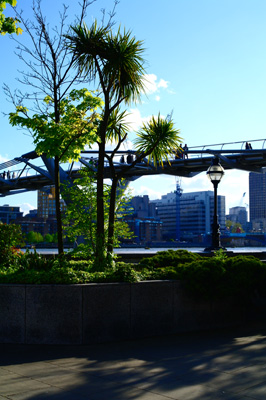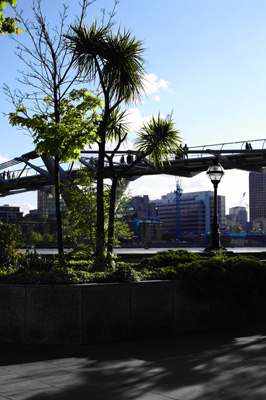Original URL: https://www.theregister.com/2010/05/14/review_camera_samsung_nx10/
Samsung NX10
Big sensor hybrid to worry the Micro Four Thirds faithful
Posted in Personal Tech, 14th May 2010 07:02 GMT
Review Samsung has upped its game in the camera market with the release of the NX10. It’s the company’s first ever EVIL (Electronic Viewfinder Interchangeable Lens) model – a hybrid DSLR that takes on the optional lenses compact camera market and directly challenges the successful Micro Four Thirds cameras from Olympus and Panasonic.

Samsung's NX10: new NX lens mount but adapters from Novoflex are due soon
The NX10 is a 14.6Mp mirror-less compact camera that uses the proprietary NX-mount lens system to combine the flexibility and image quality of a DSLR with the user-friendly experience of a compact. Like the Micro Four Thirds system this camera does away with the pentaprism and the instant return reflex mirror of a typical DSLR to save weight and space, but unlike the Micro Four Thirds it retains the same large APS-C sensor of an entry-level DSLR to deliver better ISO performance.
The NX10 features a high-resolution electronic viewfinder, a 3in AMOLED display, a 247 multi-zone measurement system, fast 15-35 sensor points, integral sensor cleaning system and a pop-up flash. With these specs and a guide price of £600 (with the standard 18-55mm OIS lens) it looks like the NX10 might be the first camera to undermine the market supremacy of the Olympus PEN and the Panasonic GF1.
The simple but stylish plastic body of the NX10 is small at 123 x 87 x 39.8mm and light too, weighing just over 350g. Yet it has a robust, solid feel to it, with a nice rubberised handgrip and thumb rest that give good ergonomic handling. Aside from the odd position of the Menu button to the left of the viewfinder, the layout of commands is logical, balanced and uncluttered. The controls and dials are smooth and firm making accidental changes unlikely.
On the rear there is direct access to features such as Exposure Lock, Exposure Compensation, Display options, Autofocus, White Balance, Metering and ISO. The top plate is dominated by the Shooting Mode dial (Program, Aperture Priority, Shutter Priority, Manual, Scene Mode, Smart Mode, Night, Landscape, Portrait Mode and Video Mode) and a cleverly canted shutter release button.
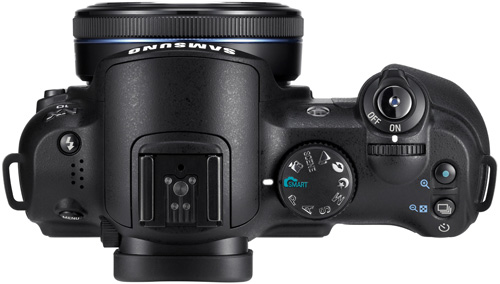
Ergonomically sound
Other direct controls on the top plate include Flash options, Drive Mode and a green dot that is used to reset parameters to the default settings at the touch of a button (the last two also double as zoom in/out buttons in playback).
For serious photographers Samsung has also included a Depth of Field Preview button to the left of the lens on the front of the camera. The Menu is well designed and intuitive with all vertical settings in each tab fitting in one screen and the added bonus of the camera remembering the last setting you selected in each folder.
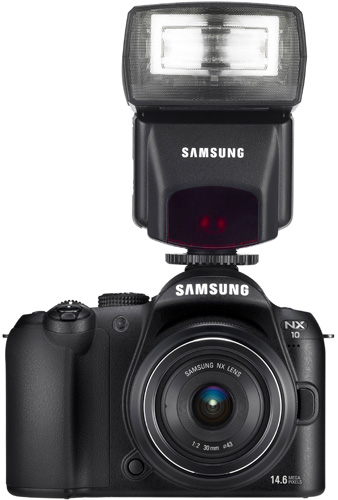
Besides the built-in flash, there are more powerful options on offer
The 640 x 480 pixel delivers an exceptionally bright and detailed picture. Likewise, the electronic viewfinder, with its 921,000 dots and 100 per cent frame coverage, is large and bright and has all the display options and information of the Live View screen, including an electronically activated grid for composition. Unfortunately the eye sensor located just below it, which automatically switches between Live View and Viewfinder, is so sensitive that I kept unintentionally interrupting Live View with my left thumb.
Samsung’s big idea in designing this latest model was the decision to use an APS-C sensor, which is around 1.5x larger than the one mounted on a Micro Four Thirds model, that gives it an advantage in picture quality and ISO performance without increasing the size of the camera. While the sensor does deliver outstanding image quality, its noise performance is less impressive than I’d have expected, probably due to the fact that Samsung used most of the increase in sensor size for a higher pixel count, rather than enhancements to the pixel size.
The lack of a reflex mirror and shutter curtain mechanism means the sensor is not protected when you change the lens and is therefore more exposed to dust than an ordinary DSLR one. Samsung tackles the problem by providing the NX10 with what they call a Super Sonic Drive, a dust removing system that shakes off particles by vibrating 60,000 times a second.
At present Samsung’s new NX mount system offers three lenses that were included with the review sample. The standard lens kit option is an 18-55mm OIS / F3.5-5.6 zoom lens, the other two are a 50-200mm OIS/F4.0-5.6 tele-photo zoom and a prime 30mm F2 pancake lens. Five more lenses should be released throughout the year to complete the system. In the meantime, German company Novoflex has announced an NX mount adapter to suit a range of popular camera mountings, with prices starting at £77 (€89).
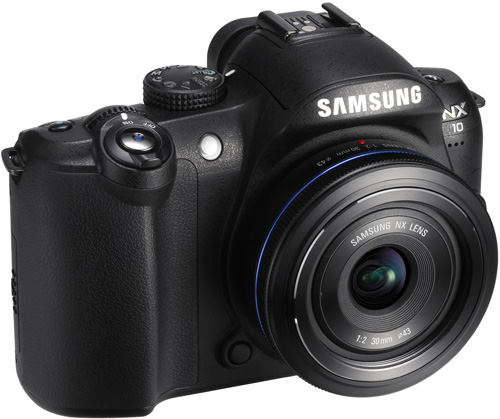
The 30mm pancake lens benefits from being significantly brighter than the zoom offerings
While the larger sensor does not affect the body size of the NX10, which is comparable to Micro Four Thirds cameras, the NX lenses are necessarily bigger and heavier than the Micro Four Thirds ones, having to cover a larger frame. In addition, like Nikon and Canon, Samsung builds image stabilisation (IS) into the lens rather than in the camera – a factor that contributes to make the lenses bulkier but nevertheless, the IS works quite well. Incidentally, the slim 30mm pancake lens does not have IS.
Sample Shots
18-55mm zoom
50-200mm zoom
Sample Shots
Sample Shots
Sample Shots
Scene Effects
Sample Shots
Smart Dynamic Range
Image Stabilisation
Sample Video
ISO Tests
While the 30mm lens is fast and bright, the two zooms have quite slow maximum apertures. Performance wise the pancake lens seems to be the best of the three, producing sharp images with no evidence of chromatic aberration and very mild barrel distortion. The two zooms suffer from some softness and distortion at the edges but no more than expected and image results still presented nice detail and sharpness. The 18-55mm showed a slightly better image than the tele-photo lens, which at 800 ISO revealed quite a bit of fuzziness and some colour fringing.
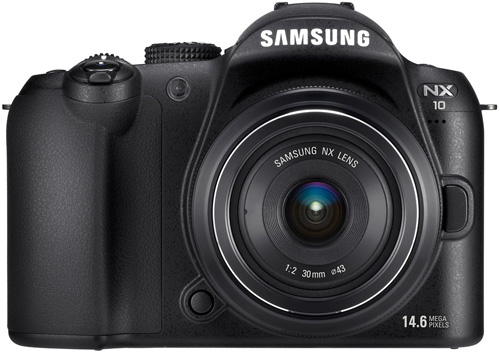
Image stabilisation only appears on the zoom lenses, the fixed 30mm pancake lens goes without
Despite my initial misgivings about how noise performance has been traded for a higher pixel count, overall, the NX10’s ISO performance is actually pretty good for most scenarios. The camera has an ISO range of 100 to 3200 ISO and there is no trace of noise up to 400 ISO. But even at 800 ISO the 30mm fixed focal length produced very smooth and fine-detailed pictures. At the fastest speeds, while showing visible noise deterioration, it delivered still usable images.
One gripe is the Auto ISO function was rather disappointing. It has a tendency to select such low speeds that night photography in scene mode mostly resulted in blurred images, such as the door shot here. The camera tended to select a maximum ISO speed of 400, thus generating automatic shutter speeds too slow for many hand-held photos in low light. To get a steady night shot I had to put the camera on manual mode and select higher ISO speeds. The results were coarser, but shake-free.
Generally, I was really impressed with the overall quality of the images of this new Samsung. The colours were punchy yet realistic, flesh tone was natural and fine details were beautifully resolved. Exposure metering was nearly always spot-on, producing rich, perfectly balanced images.
For high contrast scenes the NX10 provides Smart Range, a feature that increases dynamic range to provide better balance between highlights and shadows. As you can see from the included shots the effect is mild enough to keep the natural contrast of the image while doing a good job at toning down high-key areas.
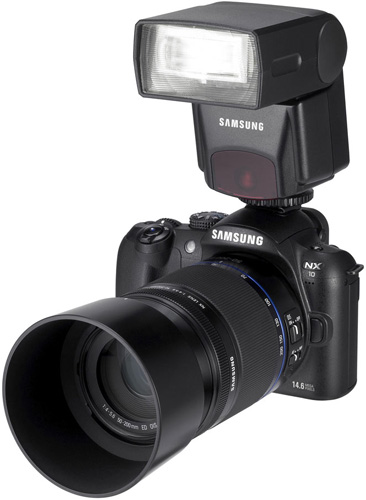
Autofocus proved to be swift and trouble-free
The NX10 is as fast a shooter as any good entry-level DSLR. Start-up time from switching on to shooting is less than a second, shutter delay is negligible and the Autofocusing system is impressively swift and accurate. Its Burst Mode allows continuous shooting of up to 3 frames per second for an unlimited time at full resolution (JPEG only) or 30fps for a burst depth of 30 images at 1.4Mp JPEGs.
Although this new Samsung is capable of handling massive RAW files (25MB) I could not test the quality of these as the NX10’s RAW files are not yet compatible with Photoshop and Lightroom and shamefully Samsung’s own RAW workflow software is only compatible with Windows and I, like millions of others photographers, use a Mac. Iridient Digital's RAW Developer does allow Mac users access to NX10 RAW files but at a cost of £89

RAW image shooting is hampered by limited software support
As with most compact cameras the NX10 uses Contrast Autofocus rather than Phase Detection Autofocusing, commonly employed by DSLRs. Surprisingly Samsung managed to perfect this normally sluggish system and created one of the fastest and more accurate autofocusing performances I have seen in this class of camera and in most entry-level DSLRs.
Its 15-Area-Focusing system (1-point and 35-area, for close-up only, are also available) silently and flawlessly locks onto the main focus subject with speed and precision, unlike the Micro Four Thirds Olympus PEN I used recently. The NX10 begins focusing even before you touch the shutter button, thanks to the AF Priority function.
The system includes four AF modes; Single, Continuous, Face detection and Manual, and four Focus Areas to select from; Selection AF, Multi AF, Face Detection and Self-Portrait. Not only can you select the position of the AF point, but also set the size to one of four options to suit every scene. Manual focus uses the focus dial on the barrel to automatically magnify the image to ensure more accurate focusing.
I can appreciate the good intentions behind this display technology but I found it immensely frustrating, as you have to wait a few seconds before the screen resumes to normal magnification and you can return to the composition. It would have been more sensible to include this focus aid as a selectable option.
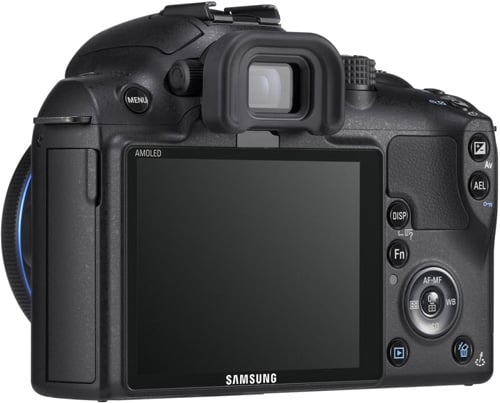
Its large, bright screen and a range of in-camera editing functions allows for some on-the-spot tweaking
Apart from the now familiar Picture Wizard offering a number of colour and white balance presets at point of capture, the NX10 presents a commendable range of alternatives for playing back, editing and storing images. In particular I liked the slideshow viewing preference and Image Edit menu that lets you modify the look of an image through a set of in-camera postproduction options including: Red-Eye Fix, Backlight Composition, Picture Style Selector with cool effects altering the mood of the picture, Resizing, Rotating and Face Retouch.
The NX10 offers 720p HD video recording at 30fps in H264 or MP4. Unfortunately, Samsung has not provided a direct-access video button or any option for an external microphone to supplement the mono-only sound of its small internal microphone. Still, the camera has a good selection of video preferences letting you use either Program or Aperture Mode and giving you a choice of single AF (SAF), continuous AF (CAF) or Manual Focus.

Five more lenses promised later this year will expand the fledgling NX product range
It also sports unusual features like a pause/restart option and the ability to introduce transition-fading effects. While the image quality of the videos is generally good there is some rolling shutter effect and a slight delay in the shutter response when recording starts.
Verdict

Overall, having criticised Samsung for not delivering cameras of substance in the past, I was surprised by the outstanding build and image quality of the company's latest new-concept release. While Olympus and Panasonic might have set a market standard for mirrorless cameras with their Micro Four Thirds models, Samsung has hit the nail on the head by increasing the sensor size of its first interchangeable lens hybrid, leaving scope for some brilliant developments. Free from the knotty mirror return mechanism of a DSLR, yet with a decent-sized sensor and an attractive price, the NX10 is definitely a winner. ®
Catherine Monfils is a professional photographer specialising in portraiture, lifestyle and fashion.
More Camera Reviews… |
|||
 Olympus Olympus
PEN E-P1 |
 Panasonic Panasonic
Lumix DMC-G2 |
 Ricoh GR Ricoh GR
Digital III |
 Panasonic Panasonic
Lumix DMC-GH1 |



